So, I'm trying to modify a sample and hold circuit from "The Forrest Mims Engineer's Notebook", that uses a 353 op-amp, so that it runs off of a single supply:

I needed to add a 4.5V (1/2 supply voltage) offset to the inverting input, so that it would operate on a just a single polarity supply. My dilemma is that I need to remove the 4.5V DC offset from the output. Obviously, the output would be a DC voltage, so a capacitor would not work. I was simply wondering if there was a way that I could subtract the 4.5V offset from the output, using all discrete components if possible.